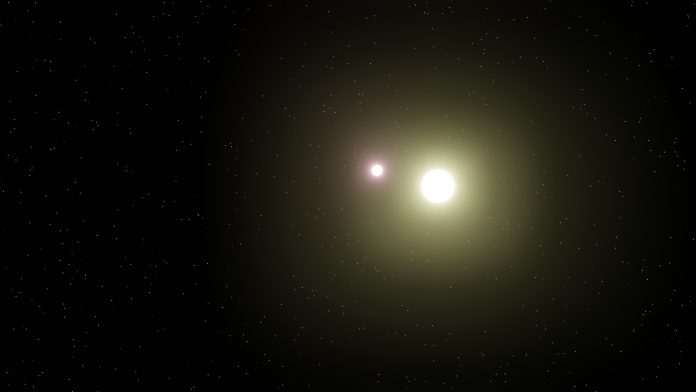Astronomers used the Gemini South telescope to show the findings of the difference in Binary Stars composition
The researchers have been able to unveil the origins of diversity within binary star systems.
A team led by Carlos Saffe from the Institute of Astronomical, Earth and Space Sciences (ICATE-CONICET) in Argentina has discovered that differences in the chemical composition of binary stars stem from variations in the molecular clouds from which they formed.
Complex processes controlling stars and planet formation
Binary star systems, containing up to 85% of all stars, have always fascinated scientists due to their various characteristics.
While traditional theories suggested that binary stars born from the same molecular cloud would have similar compositions and planetary systems, observations often contradicted this assumption. Previous studies proposed various explanations for these differences, including atomic diffusion and planetary engulfment, but lacked conclusive evidence.
Collecting evidence to provide answers
Using the capabilities of the Gemini South telescope, paired with the precise Gemini High-Resolution Optical SpecTrograph (GHOST), the research team observed a pair of giant stars.
By analysing the stars with extreme accuracy, they uncovered significant differences in their chemical makeup. The team’s observations focused on giant stars with deep and turbulent convective zones, ruling out certain explanations, such as atomic diffusion and planetary engulfment.
Understanding Binary Stars
The study marks the first confirmation that variations in binary stars’ composition originate from primordial differences within the molecular cloud.
“Using the precision-measurement capabilities provided by the GHOST instrument, Gemini South is now collecting observations of stars at the end of their lives to reveal the environment in which they were born,” says Martin Still.
This research explains the diverse planetary systems observed around binary stars, indicating at a range of planetary compositions and potential habitats for life.
The study also challenges the concept of chemical tagging, highlighting that stars with distinct compositions can originate from the same stellar nursery.
Finally, the research also encourages a reevaluation of previous assumptions regarding the effects of planetary impacts on stellar surfaces.
“The Universe loves diversity!”
Carlos Saffe, the lead researcher, expresses excitement about the newfound complexity of star and planet formation, remarking, “The Universe loves diversity!”
Editor's Recommended Articles
-
Must Read >> Space exploration and the nature of the divine
-
Must Read >> Space breakthrough: Mars immigration advancements















